19th Apr, 2012 10:00
Imperial War Museum Duxford
1970 BSA A65 Firebird
Sold for £6,300
(including buyers premium)
Registration No: Un-Reg
Frame No: EC22387A65F
Engine No: EC22387A65F
cc: 650
MOT Expiry Date: None
During January 1962 BSA announced a new range of parallel twins to replace the ageing A7 and A10 machines. The new models, typed A50 and A65 for the 499cc and 654cc models respectively, featured a unit construction engine and gearbox with particularly clean lines. BSA had paid particular attention to the cylinder head design resulting in healthy power outputs despite comparatively low compression ratios, enabling the use of lower octane fuels and leaving scope for tuning in the future. A duplex cradle frame which drew on the companies experience with the pre unit machines in its design but featured a reduced wheelbase. Styling of the early machines reflected the house style established by the unit construction C series models that had been introduced for the 1959 season. Named the Royal Star for the A50 and Star for the A65 they were well received by the press and public alike, offering good handling and performance with a high level of comfort. 1964 marked the introduction of a higher performance variant, known as the Rocket, which when tested by the "Motor Cycle" achieved a top speed of 108mph. New high lift cams and an increase in the compression ratio to 9:1 accounted for the increase in power output which necessitated a revised, heavy duty clutch. The Rocket was marketed in the States as the Thunderbolt Rocket and was fitted with US style high bars and a small tank. It was complimented by three other models, the A65L/R Lightning Rocket which was fitted with twin carburettors with abbreviated side panels and two off road models in the form of the A50 Cyclone and A65 Spitfire Hornet. For 1965 the US range continued much as the previous year, although the Thunderbolt Rocket was dropped from the range as most buyers had opted for the A65L/R and the Cyclone and Hornet models were joined by "Clubman's" versions equipped with rear-sets, close ratio gears and dropped bars. The range continued in much the same form for 1966 and 1967, with the Lightning and Thunderbolt, essentially the Rocket and Star with new names providing the basis of the range in the UK, and the Hornet and Wasp (which had replaced the Cyclone) supporting the road models in the States. They were joined by a new "super sports variant", the Spitfire. For the 1968 season the range was simplified. The Hornet was replaced by the Firebird and the Wasp was dropped. The Firebird reflected the change in American tastes, lightweight two strokes were starting to dominate the US off road market, displacing the British "desert sleds" that had previously held sway resulting in the off road orientated British twins becoming more biased towards road use whilst retaining some off road features. The new machine was essentially a Lightning fitted with a high level twin exhaust system and a smaller diameter front light. The Firebird quickly established itself in the market and became a feature in the range until BSA's demise in 1971.
The example of the Firebird offered dates from the models penultimate year of production. Described as being in as new condition throughout, it has benefitted from all new engine internals, new carburettors and electronic ignition. The numbers match and are correct for a Firebird dating from the 1969/70 season. It is offered without documents and the purchaser should note that the engine will require "running in".
Auction: Imperial War Museum Duxford, 19th Apr, 2012
All successful bids must be paid in full by midday the day after the auction at the latest.
You can collect your new pride and joy from our venue until 1pm the day following the sale or our partners are on hand to help arrange safe transportation:
Do you have an item to sell?
If so, contact one of our friendly specialists for your free valuation by completing the form below and someone will get back to you as quickly as possible.
If you prefer to speak to humans, don't hesitate to call our office on +44 (0)1925 210035
Other lots in this sale





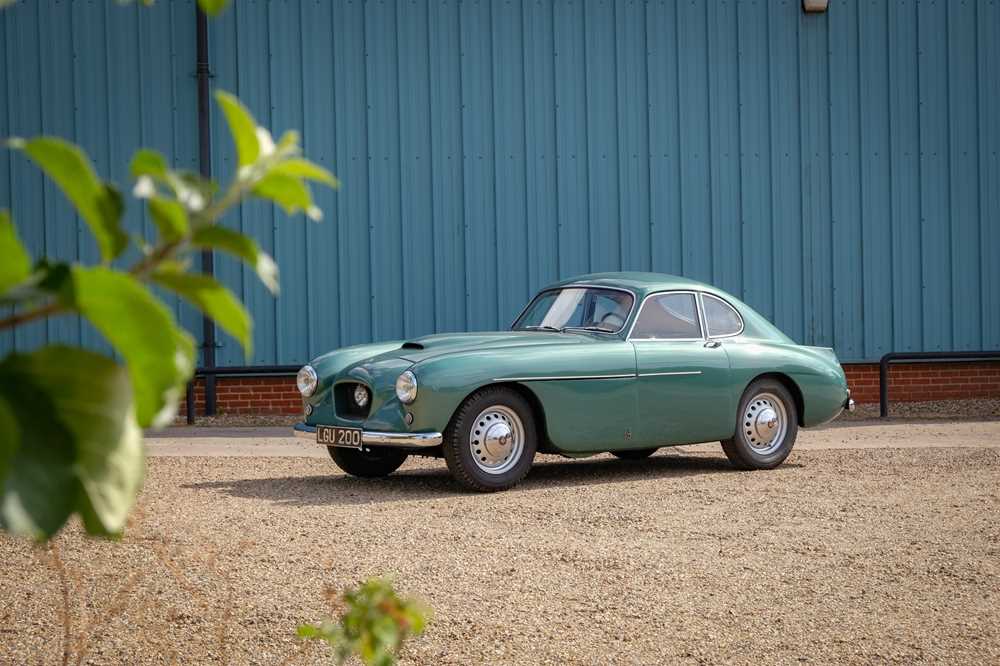

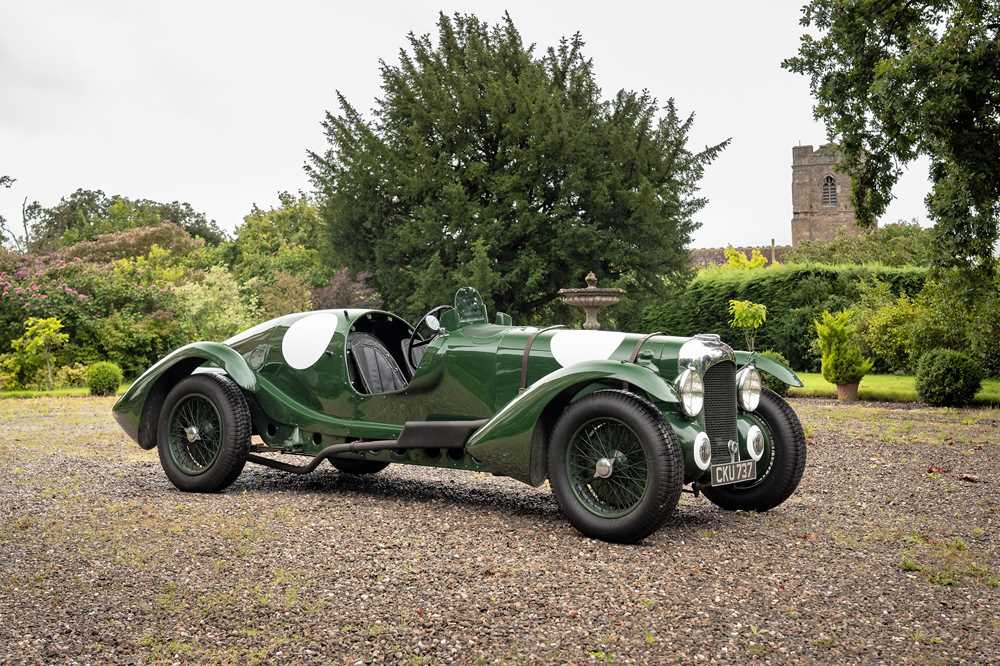


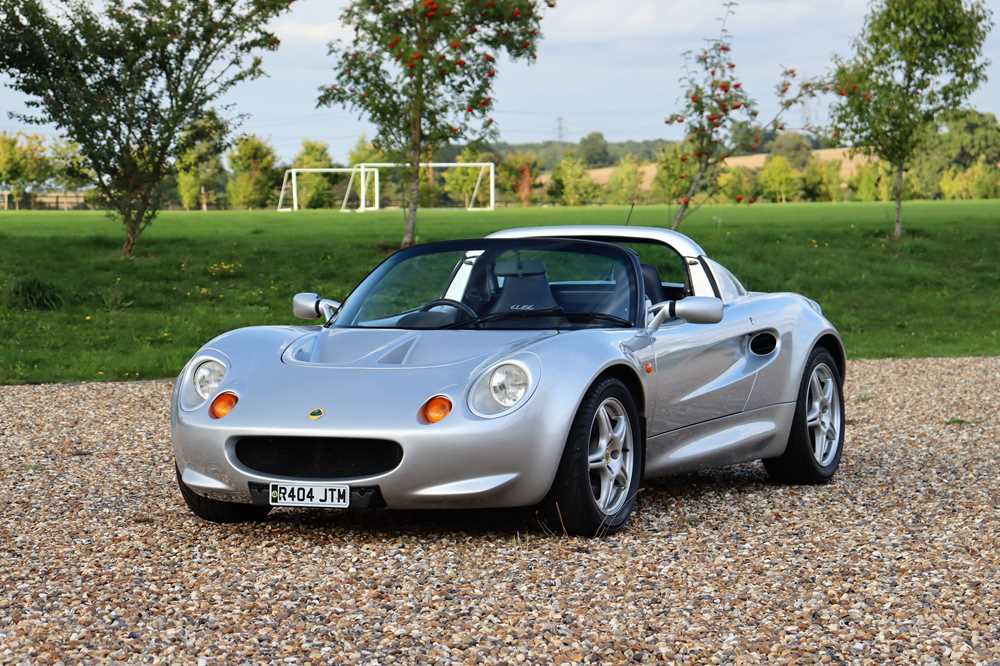



















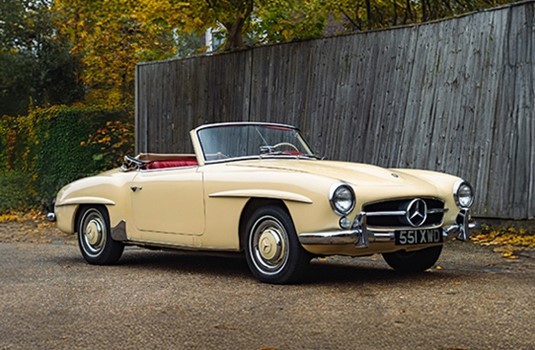




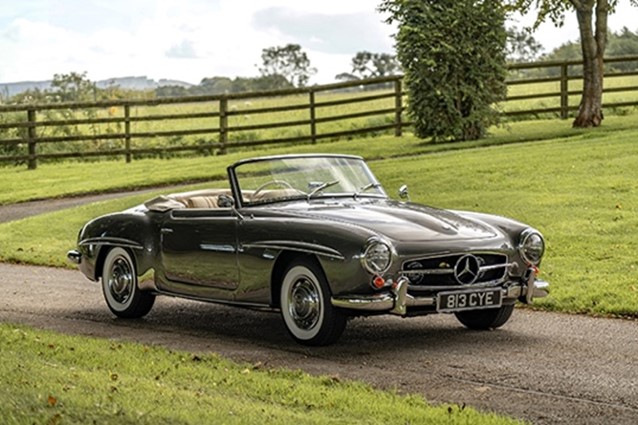



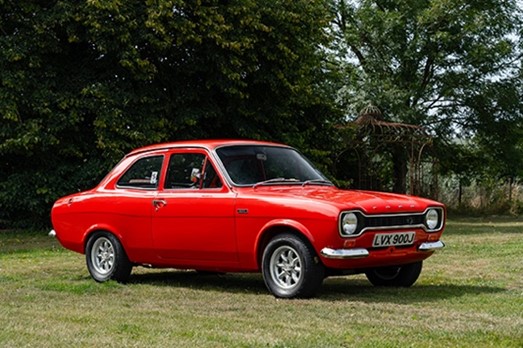









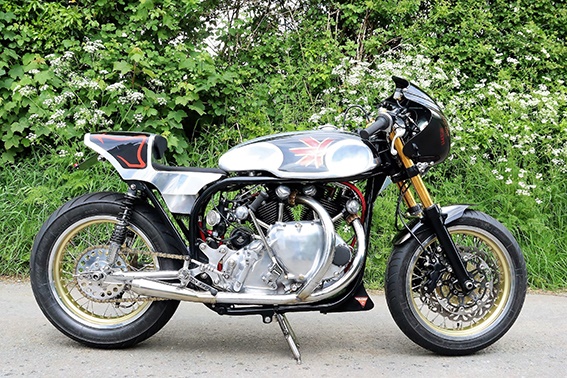

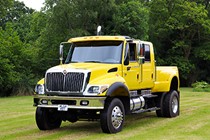


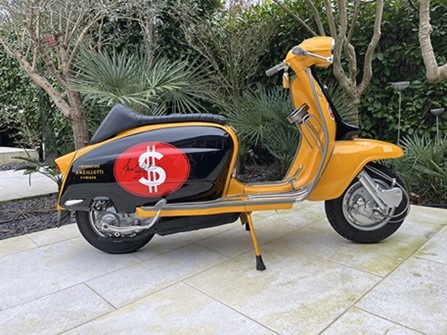
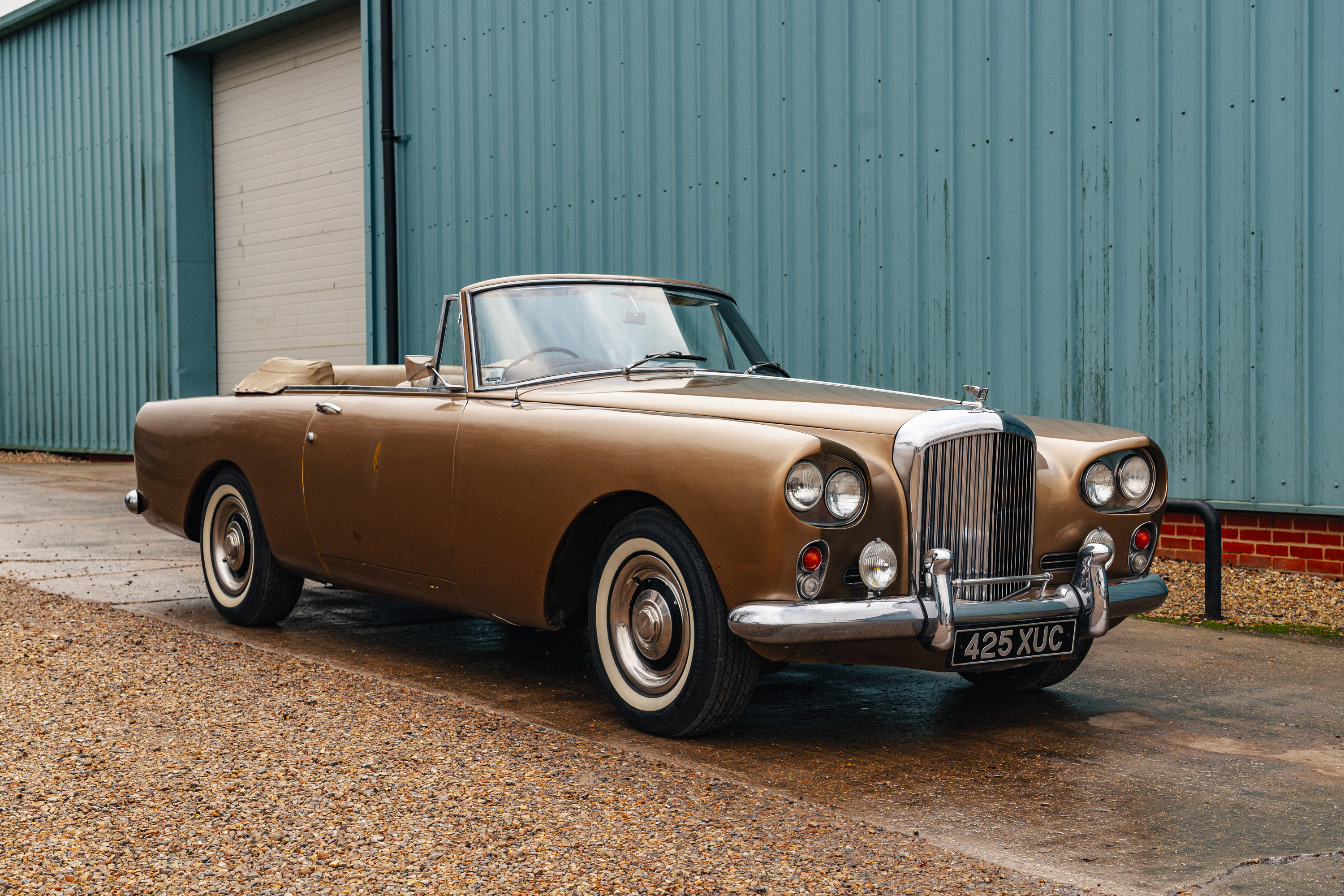





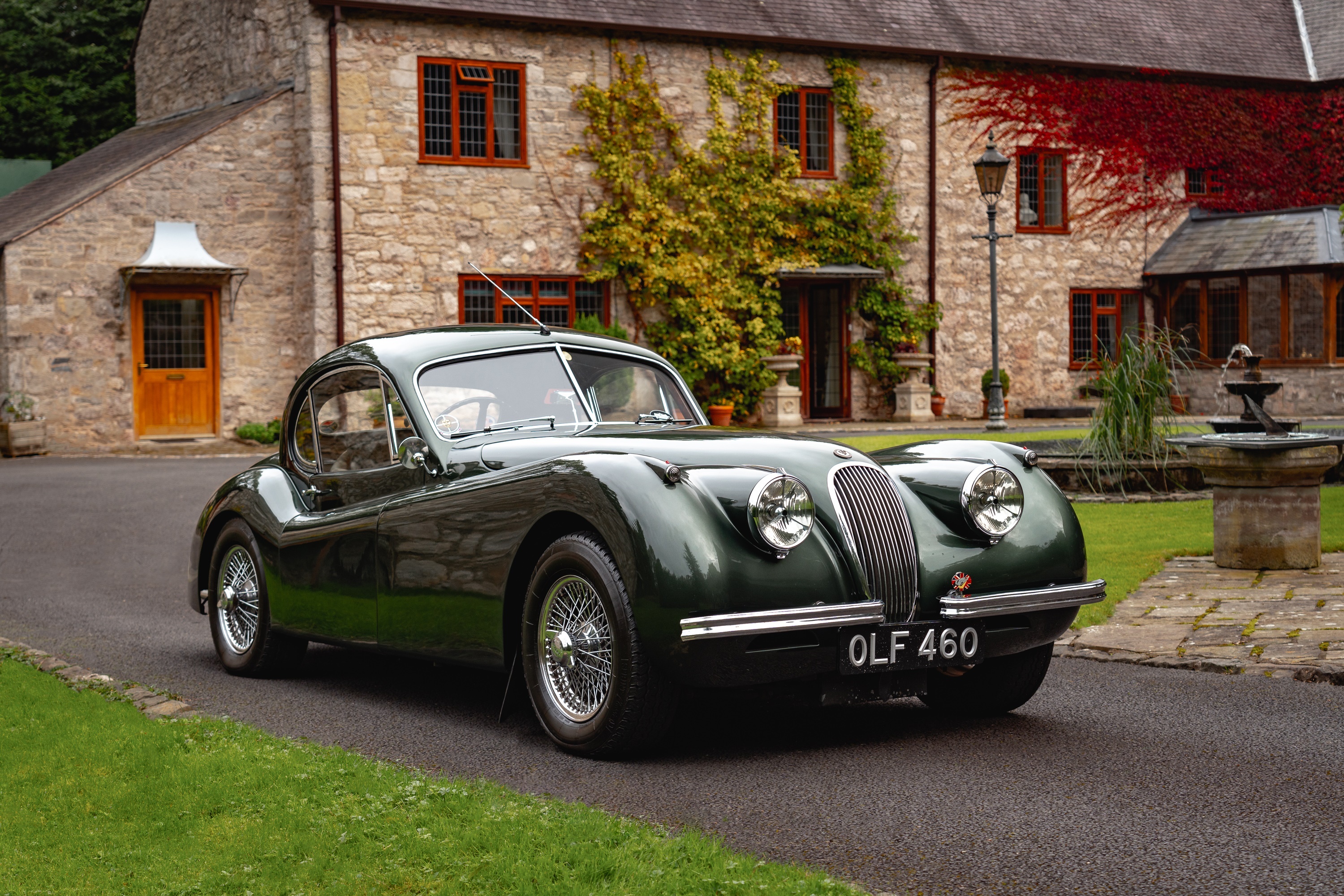






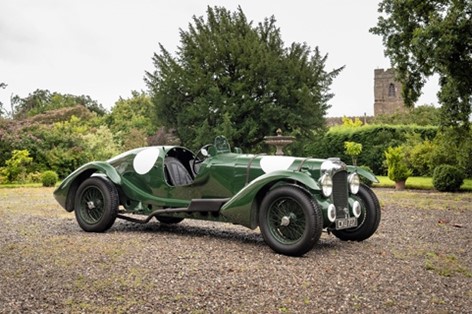



.jpg)
